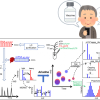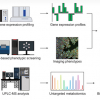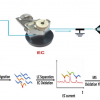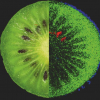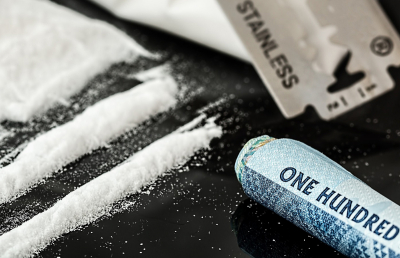
A team, led by Dr Catia Costa and Dr Melanie Bailey from the University of Surrey, UK, has developed a new technique to analyse the levels of cocaine detected in fingerprints. They used chromatography paper to take the sample for analysis by paper spray mass spectrometry. The study involved taking fingerprints from a group of patients seeking treatment at drug rehabilitation centres, as well as a larger group not known to be drug users. All of those taking part washed their hands before the test in a variety of ways, and then samples were collected on the prepared chromatography paper. The fingerprint is developed using chemicals, so that the ridges of the fingerprint (and therefore the identity of the donor) can be established prior to analysis. When someone has taken cocaine, they excrete traces of benzoylecgonine and methylecgonine as they metabolise the drug, and these chemical indicators are present in fingerprint residue. Importantly, the traces can still be detected even after handwashing.
It is anticipated that this technology could see the introduction of drug tests for law enforcement agencies to use within the next decade. Drug testing is used routinely by probation services, prisons, courts and other law enforcement agencies. However, traditional testing methods have limitations. Where bodily fluids are tested, there can be biological hazards and often a requirement for particular storage and disposal methods.
Their work is reported in Clinical Chemistry.




